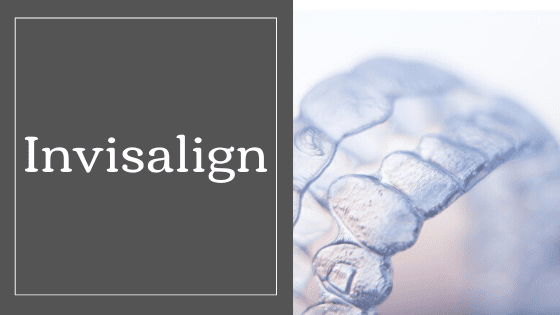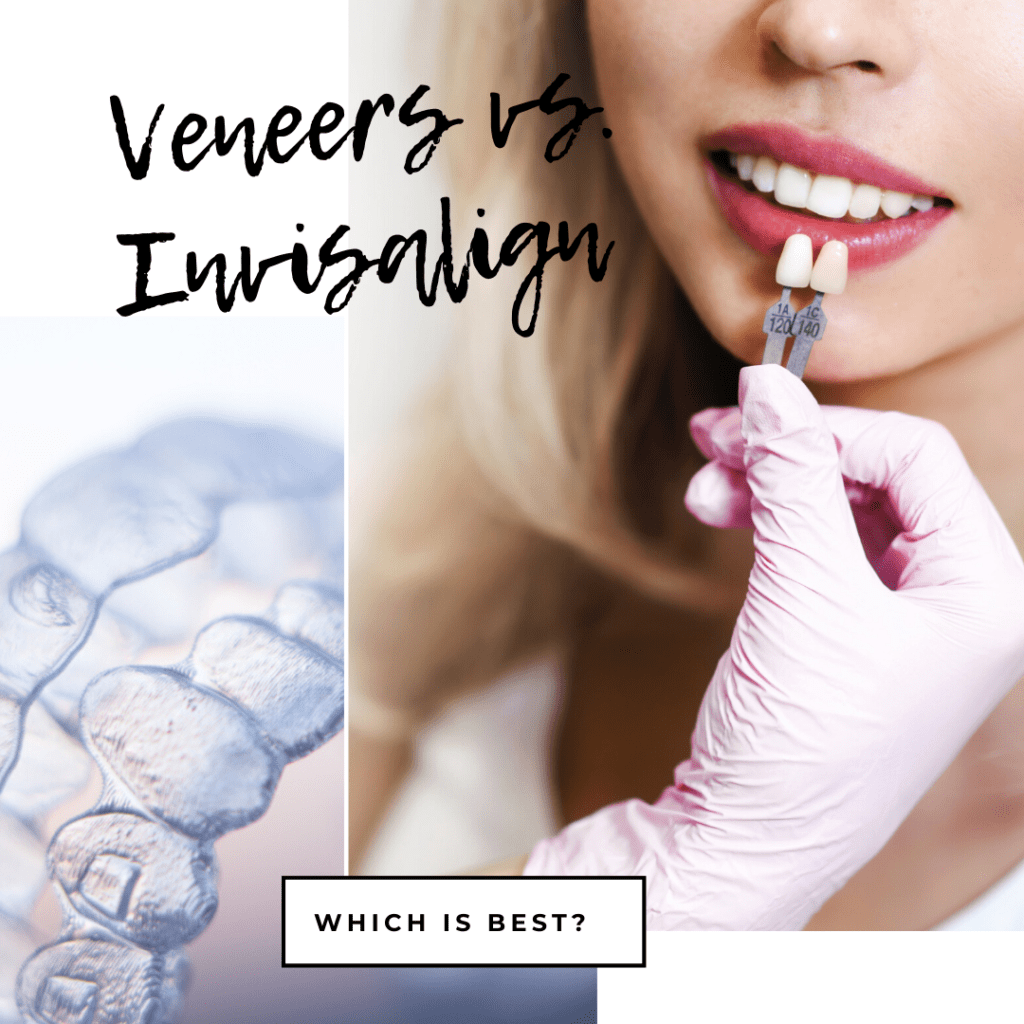Crooked teeth, as well as teeth that are improperly spaced, are two main concerns that people hope to address with cosmetic dentistry. Luckily, there are a variety of ways to resolve these concerns and improve the look and function of your smile. When it comes to correcting crooked or improperly spaced teeth, either veneers or Invisalign is generally used. However, many people question which treatment is better for a smile makeover. The truth is that both treatments have their own set of benefits and drawbacks, and these must be considered to determine which treatment will work best for an individual. At a glance, here are some key factors about veneers and Invisalign to consider:

Dental veneers, also known as laminates, are thin shells made from porcelain. When adhered to the front of one or more teeth, veneers can eliminate gaps between the teeth, correct teeth that are unevenly sized and shaped, fix overlapping or crooked teeth, and conceal discolored teeth. In fact, it is this versatility that makes veneers a popular cosmetic dental treatment. In addition, veneers can be applied in as little as two dental appointments and will then last around 10-15 years before needing to be replaced.
However, veneers are only applied to the front teeth and they require the removal of a thin layer of enamel. Once this enamel is removed, it will not grow back and veneers will permanently need to be worn to protect the tooth. Veneers also don’t actually alter your teeth, rather they simply cover up imperfect areas. For this reason, veneers are generally used for minor cosmetic alterations.

Invisalign treatment uses a series of clear aligners to gradually move your teeth and bite into proper position. During treatment with Invisalign, patients will wear their clear aligners for 22 hours a day and only remove them to eat, brush, and floss. Each aligner will be worn for approximately 1-2 weeks before progressing to the next aligner. Over time, the teeth will move into the correct position, which will eliminate gaps between the teeth, straighten crooked teeth, and add space between overlapping teeth. Even after active treatment has been completed, these changes will remain permanent through the use of a retainer.
However, Invisalign treatment can take an average of a year and a half to complete and can cause minor discomfort as the teeth move into their new positions. Invisalign also focuses exclusively on the alignment of the teeth and bite, and does not correct things like the shape, size, and color of the teeth. Finally, Invisalign treatment requires dental visits approximately once every 8 weeks.
In conclusion, both veneers and Invisalign have the ability to improve the look of your smile by eliminating gaps and overlapping teeth, as well as straightening crooked teeth. However, each treatment offers a different method to obtain results and each method has its own benefits and drawbacks. Therefore, to determine which treatment is best for you, you will need to consider what your priorities are and then evaluate how these two treatments align themselves with these priorities.

Dr. Admar holds dual certificates — a Bachelor of Dental Surgery (BDS) in 2010 from India and a Doctor of Dental Surgery (DDS) in 2014 from Canada. He is now a full time practicing dentist in Kamloops where he provides a variety of services. Dr. Admar spends hundreds of hours in continued dental education to stay up to date in cosmetic and implant dentistry and he has achieved several advanced qualifications.


